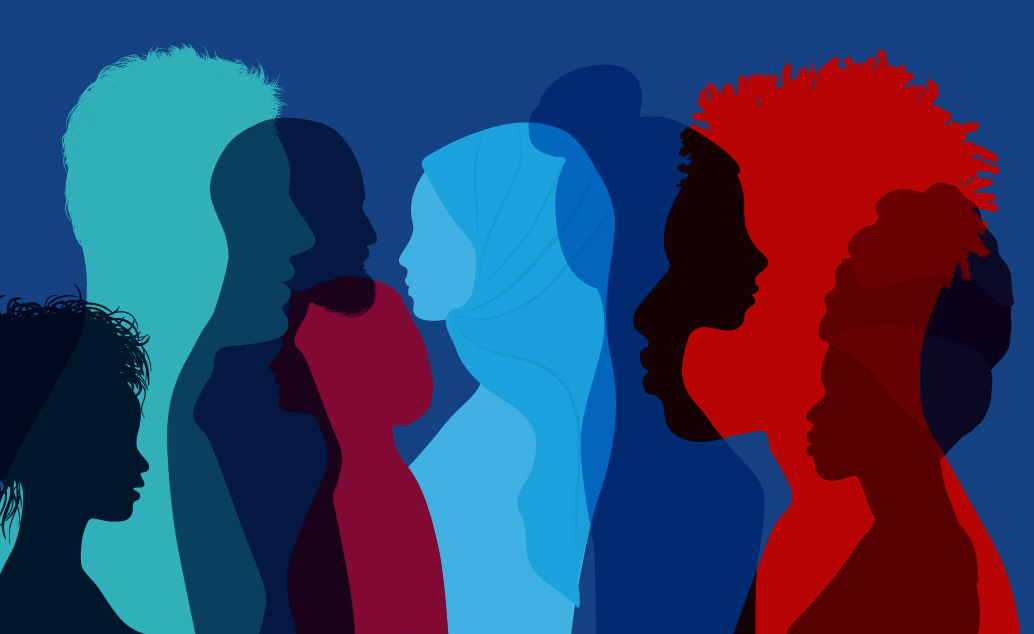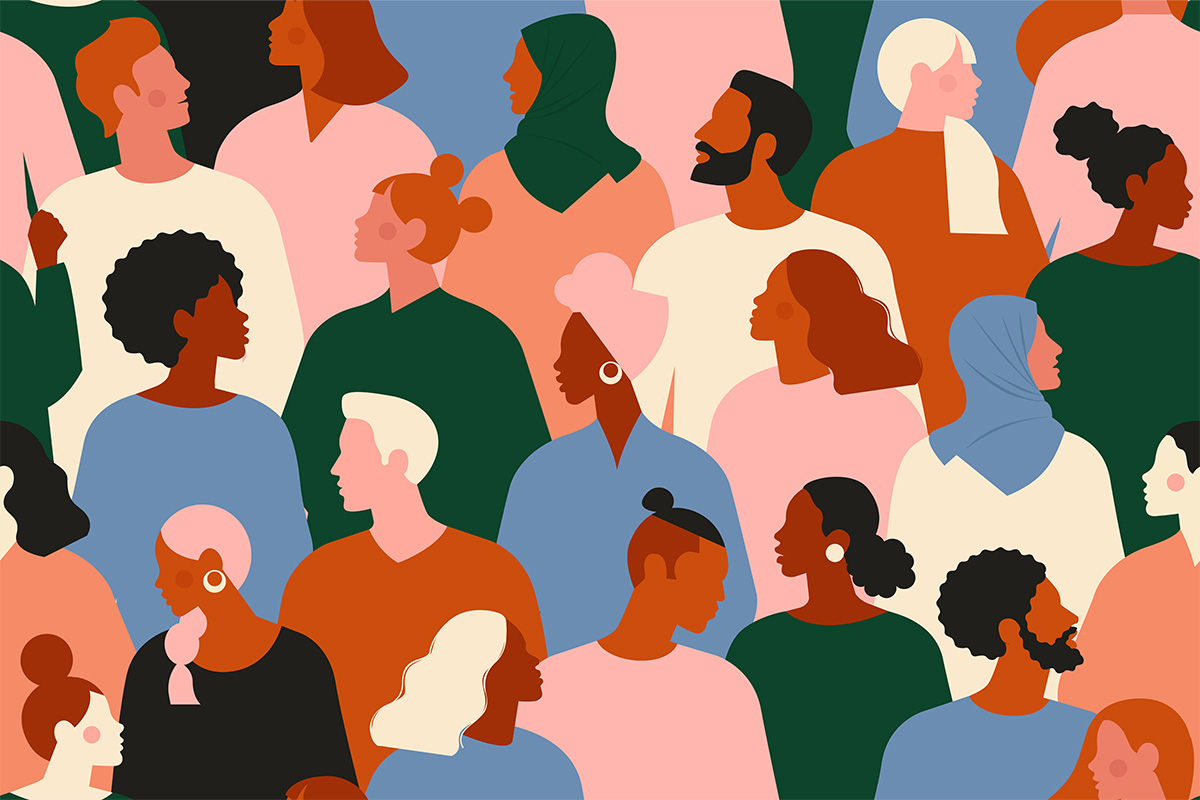Diversity and Representation Paradigm in world that is rapidly evolving and becoming more interconnected, the significance of diversity and representation is taking center stage. The cultural landscape is shifting, and as we move forward, there is a growing recognition of the need to redefine what it means to be truly inclusive. This article delves into the heart of this topic, exploring the reasons behind the significance of diversity and representation in today’s world and delving into the essence of the new paradigm that is reshaping our understanding of these concepts beyond surface-level differences.

A Kaleidoscope of Perspectives: The Significance of Diversity and Representation
The world we live in is a tapestry woven from the threads of diverse experiences, identities, and cultures. The significance of diversity and representation cannot be overstated, as it reflects the true richness and complexity of human existence. In a globalized society, our interactions are no longer confined by borders or boundaries. Instead, we are interconnected, creating an intricate web of shared experiences.
The significance of diversity and representation is like a prism through which we can see the kaleidoscope of human existence. It’s a celebration of the myriad perspectives that shape our world, enriching our collective understanding and challenging us to embrace complexity.
The Essence of Inclusivity: Defining the New Paradigm
As we embark on a journey toward inclusivity, it’s essential to define the new paradigm that is reshaping our perception of diversity and representation. Beyond merely checking boxes or meeting quotas, the new paradigm recognizes the need to go deeper, to peel back the layers and understand the unique narratives that make up the fabric of humanity.
The new paradigm is akin to a symphony of voices harmonizing in unity. It’s about transcending the superficial to engage with the nuanced, about creating a space where every individual’s story is not just acknowledged, but celebrated.

Beyond Surface-Level Differences: The Heart of True Representation
True representation reaches beyond the surface. It delves into the narratives that have been overlooked or silenced, celebrating the stories that deserve to be heard. It’s about recognizing that diversity isn’t limited to what meets the eye; it encompasses the diversity of experiences, perspectives, and identities that define us as individuals and as a society.
True representation is like a mosaic, where each piece is carefully crafted to create a complete and intricate picture. It’s an art form that acknowledges the beauty in every detail, painting a canvas that reflects the vastness of human existence.

Shifting Cultural Narratives: The Impact of Inclusive Representation
Inclusive representation isn’t just a trend; it’s a seismic shift in the way cultural narratives are constructed. It challenges the status quo and questions why certain voices have been elevated while others have been suppressed. It’s about democratizing storytelling, giving agency to those whose stories have been marginalized.
Inclusive representation is like a compass guiding us toward uncharted territories. It’s a call to explore stories that have been hidden in the shadows, and to honor the diversity that has always been present but often overlooked.
Challenging Stereotypes: The Power of Authentic Portrayals
One of the cornerstones of the new paradigm is the power of authentic portrayals. Stereotypes are shattered when characters are allowed to be multidimensional and reflect the complexities of real life. These portrayals challenge preconceived notions and offer a mirror through which viewers can see their own experiences reflected.
Authentic portrayals are like windows into the human soul. They remind us that there’s more to each person than meets the eye, encouraging empathy and understanding as we journey through their stories.

Cultivating Empathy: The Psychological Impact of Representation
Representation isn’t just about visibility; it’s about cultivating empathy. When we see characters whose experiences resonate with our own, it fosters a deep connection. Similarly, when we witness narratives that are vastly different from our own, it expands our horizons and encourages us to step into the shoes of others.
Cultivating empathy through representation is like sowing seeds of understanding. It’s about fostering a garden of compassion where different stories can intertwine and flourish.

Conclusion: Diversity and Representation Paradigm
Embracing the new paradigm requires collective action. It necessitates a commitment to seeking out diverse narratives, advocating for equitable opportunities, and dismantling the barriers that hinder authentic representation. It’s a call for storytellers, creators, and consumers to work together to reshape the cultural landscape.
Embracing the new paradigm is like embarking on a shared journey. It’s a road paved with intention, passion, and a deep desire to create a world where every voice is valued and every story is heard.





More Stories
Modern Renaissance: Contemporary European Fashion Trends
Swinging Sixties: Aristocratic Fashion in a Time of Change
Disco Fever: 1970s Glam and Glittering Style